Ensure your newborn’s umbilical cord heals safely and smoothly with our expert tips
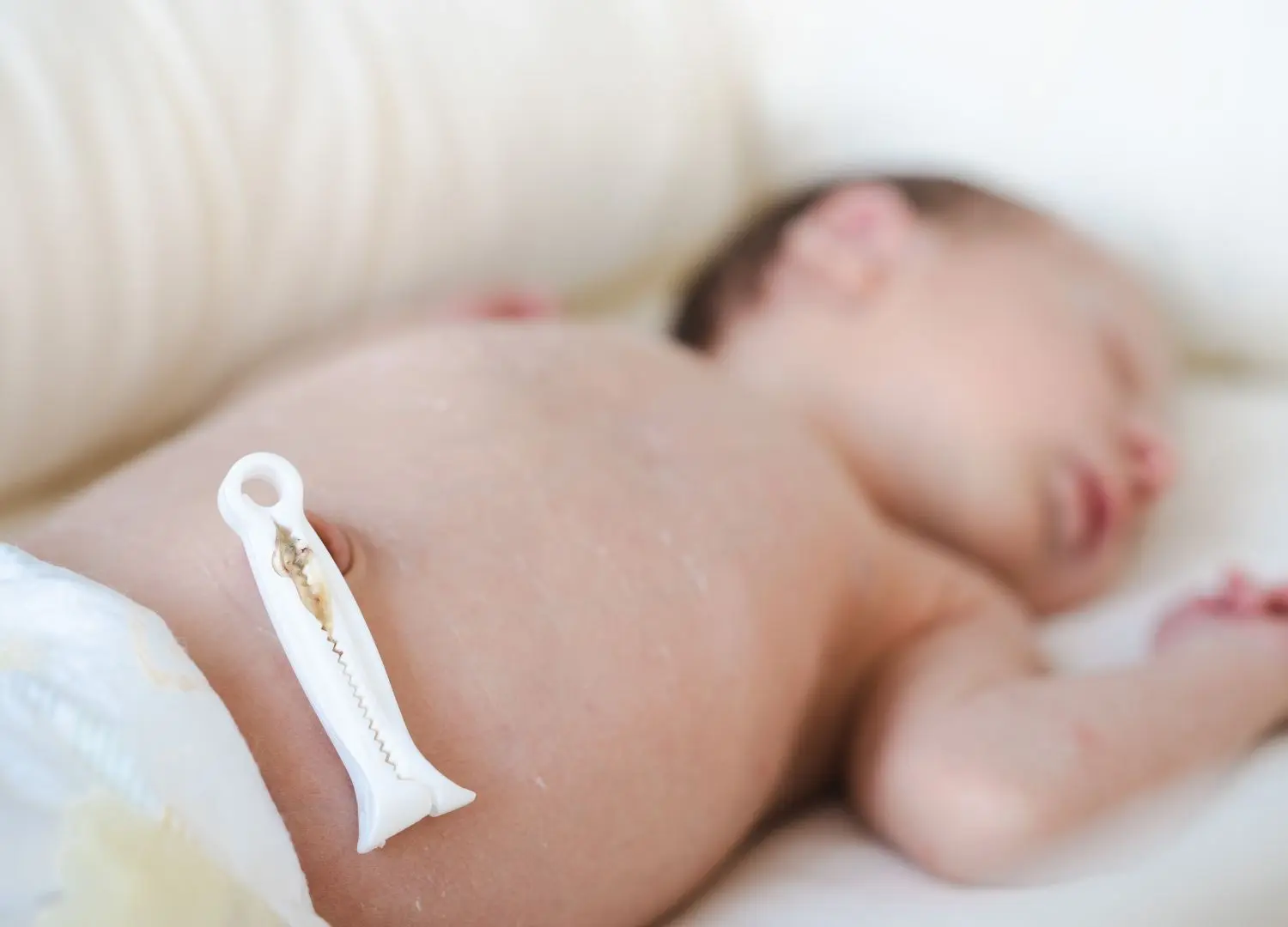
Curious about the best ways to care for your newborn’s umbilical cord? Newborn umbilical cord care is paramount for ensuring the baby’s health and well-being during the initial days post-birth. As parents, understanding the significance of this care is crucial to prevent potential complications and promote optimal healing. In this blog, we’ll explore the importance of newborn umbilical cord care and highlight five essential do’s and don’ts for parents to follow. By implementing these practices, you can ensure your little one’s umbilical cord heals properly, setting the stage for a healthy start in life.
Table of Contents
ToggleWhat is the Newborn Umbilical Cord and its Significance for the baby?
The umbilical cord is a vital lifeline for babies in the womb, serving as their connection to the placenta and providing essential nutrients and oxygen for growth and development. Once the baby is born, the umbilical cord is clamped and cut, leaving behind a small stump attached to the baby’s belly. This remnant, known as the newborn umbilical cord, plays a crucial role in the baby’s early days of life.
During the first few weeks after birth, the umbilical cord undergoes a natural healing process. Initially, it may appear moist and slightly sticky, but over time, it dries out and shrinks, eventually forming a scab-like structure. This gradual transformation is a sign that the umbilical cord is healing properly. As the days pass, the stump becomes increasingly fragile, and eventually, it detaches from the baby’s belly, leaving behind a healed and healthy Umbilical Cord.
Parents need to closely monitor the newborn umbilical cord during this time, ensuring it remains clean and dry to prevent infection. While some mild redness or discharge may occur, persistent signs of inflammation or foul odor warrant medical attention to ensure the baby’s well-being. By providing gentle care and attention to the newborn umbilical cord, parents can facilitate its natural healing process and promote a healthy start for their little one.
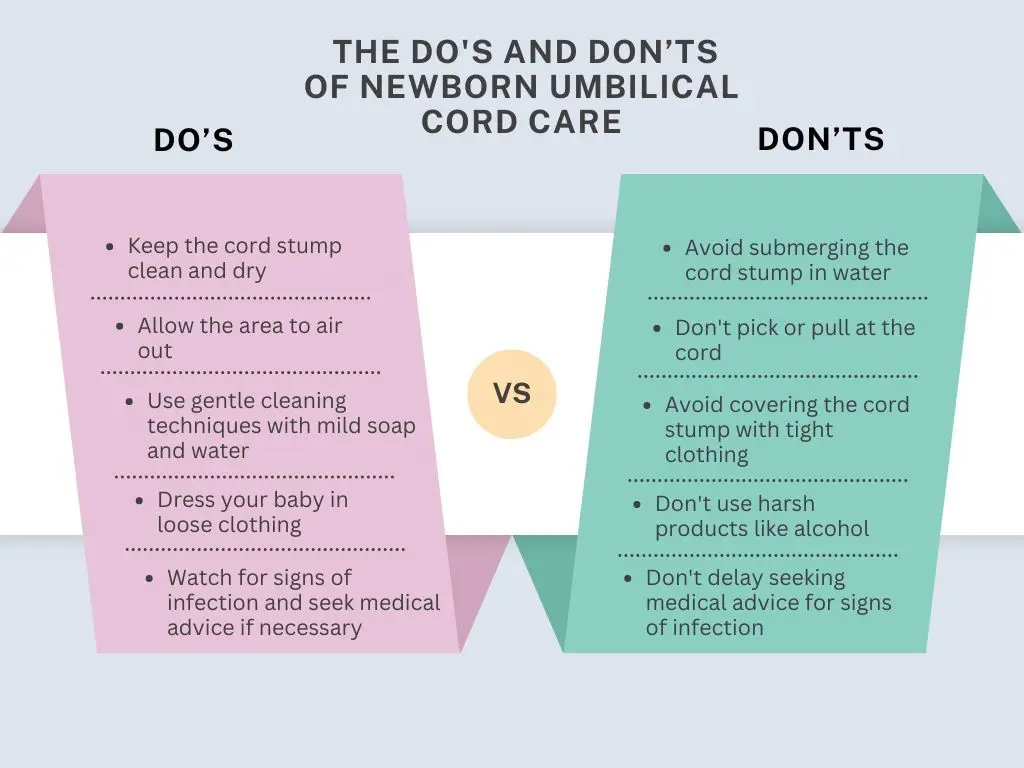
The Do’s of Newborn Umbilical Cord Care
1. Keeping it Clean and Dry
One of the most crucial aspects of caring for your newborn’s umbilical cord is keeping it clean and dry. Gently clean the area around the cord stump with mild soap and water during your baby’s bath time. Ensure that you pat the area dry with a soft cloth afterward, as excess moisture can increase the risk of infection. By maintaining a clean and dry environment around the umbilical cord, you can help promote healing and prevent complications.
2. Letting it Air Out
Allowing the umbilical cord stump to air out is another essential step in promoting healing. After cleaning the area, give your baby some diaper-free time to allow air to circulate the stump. This helps to keep the area dry and reduces the risk of moisture buildup, which can lead to infection. However, be mindful of keeping your baby warm during this time to prevent them from getting cold.
3. Using Gentle Cleaning Techniques
When cleaning around the umbilical cord stump, it’s important to use gentle cleaning techniques to avoid causing irritation or damage. Use a mild, fragrance-free soap and warm water to cleanse the area, taking care not to scrub or rub too vigorously. Instead, gently pat the area with a soft cloth or cotton ball to remove any debris or residue. Avoid using alcohol or hydrogen peroxide, as these can be too harsh and may delay healing.
4. Keeping Clothing Loose
To prevent irritation and promote healing, it’s advisable to keep clothing loose around your baby’s umbilical cord stump. Tight clothing can rub against the stump and cause discomfort or even damage the delicate tissue. opt for clothing with loose waistbands or choose outfits that feature snaps or ties rather than elastic. This allows for better airflow and reduces friction, helping the stump to heal more quickly.
5. Watching for Signs of Infection
As you care for your newborn’s umbilical cord, it’s essential to watch for signs of infection. Keep an eye out for any redness, swelling, or discharge around the cord stump, as these can be indicators of an infection. Additionally, if your baby develops a fever or seems unusually fussy or lethargic, it’s important to seek medical attention promptly. Early detection and treatment of infections are key to preventing complications and ensuring your baby’s well-being.
Remember to stay vigilant and seek medical advice if you have any concerns about your baby’s umbilical cord stump.
The Don’ts of Newborn Umbilical Cord Care
1. Avoid Submerging in Water
When it comes to caring for your newborn’s umbilical cord, avoid submerging it in water. While keeping your baby clean is important, full immersion baths can increase the risk of infection and interfere with the healing process. Instead, opt for sponge baths or gently wipe your baby’s body with a damp cloth, being careful to avoid the cord stump.
2. Don’t Pick or Pull at the Cord
One of the most important don’ts of newborn umbilical cord care is to resist the urge to pick or pull at the cord stump. It may be tempting to try to remove it yourself, but doing so can cause bleeding, and pain, and increase the risk of infection. Remember, the cord will fall off naturally when it’s ready, usually within one to three weeks after birth.
3. Avoid Covering with Tight Clothing
To promote healing and reduce the risk of irritation, avoid covering the cord stump with tight clothing. Tight clothing can rub against the stump and trap moisture, creating the perfect environment for bacteria to thrive. Instead, dress your baby in loose-fitting clothes that allow for plenty of airflow around the umbilical area.
4. Don’t Use Harsh Products
When caring for your baby’s umbilical cord, it’s essential to avoid using harsh products that can irritate the delicate skin. Avoid applying alcohol or hydrogen peroxide to the cord stump, as these substances can dry out the skin and delay healing. Stick to mild soap and water for cleaning, and pat the area dry gently after each bath.
5. Don’t Delay Seeking Medical Advice
If you notice any signs of infection or have any concerns about your baby’s umbilical cord, don’t delay seeking medical advice. Signs of infection may include redness, swelling, warmth, or discharge around the cord stump, as well as fever or fussiness in your baby. Contact your healthcare provider if you notice any of these symptoms, as early intervention is crucial for preventing complications
Conclusion
In conclusion, proper care of your newborn’s umbilical cord is essential for their health and well-being. By following the do’s and don’ts outlined in this blog post, you can help ensure that your baby’s cord stump heals properly and without complications. Remember to keep the area clean and dry, avoid picking or pulling at the cord, and seek medical advice if you notice any signs of infection. Your baby’s health is precious, so prioritize their well-being by implementing these essential tips. With a little care and attention, you can help your infant’s umbilical cord heal quickly and safely, setting them on the path to a healthy start in life. Don’t hesitate to share your experiences or ask questions in the comments below – we’d love to hear from you.
You may also interested in : Newborn Care After Delivery: Tips for New Moms and Dads 2024
FAQs
1. What is the umbilical cord, and why is it important?
The umbilical cord is a flexible tube that connects the baby to the placenta in the womb, supplying oxygen and nutrients. It’s vital for the baby’s development and growth during pregnancy.
2. How long does it take for the umbilical cord stump to fall off?
On average, the umbilical cord stump falls off within 1 to 3 weeks after birth. However, it can vary for each baby.
3. Is it normal for the umbilical cord stump to bleed a little?
A small amount of bleeding or oozing is normal as the umbilical cord stump separates. However, if there is excessive bleeding or signs of infection, it’s essential to contact a healthcare provider.
4. What should I do if the umbilical cord stump looks red or swollen?
Redness and swelling around the umbilical cord stump may indicate an infection. It’s crucial to seek medical advice promptly if you notice these symptoms.
5. Can I bathe my baby before the umbilical cord stump falls off?
Yes, you can bathe your baby before the umbilical cord stump falls off. However, it’s essential to keep the area clean and dry to prevent infection.
6. How should I clean around the umbilical cord stump?
Use a cotton swab or ball dampened with warm water to gently clean around the base of the umbilical cord stump. Avoid using rubbing alcohol or antiseptic solutions, as they can delay healing.
7. When should I contact a healthcare provider about my baby’s umbilical cord?
Contact a healthcare provider if you notice signs of infection, such as redness, swelling, warmth, foul odor, or discharge around the umbilical cord stump. Additionally, seek medical advice if the stump hasn’t fallen off within three weeks or if there is excessive bleeding.

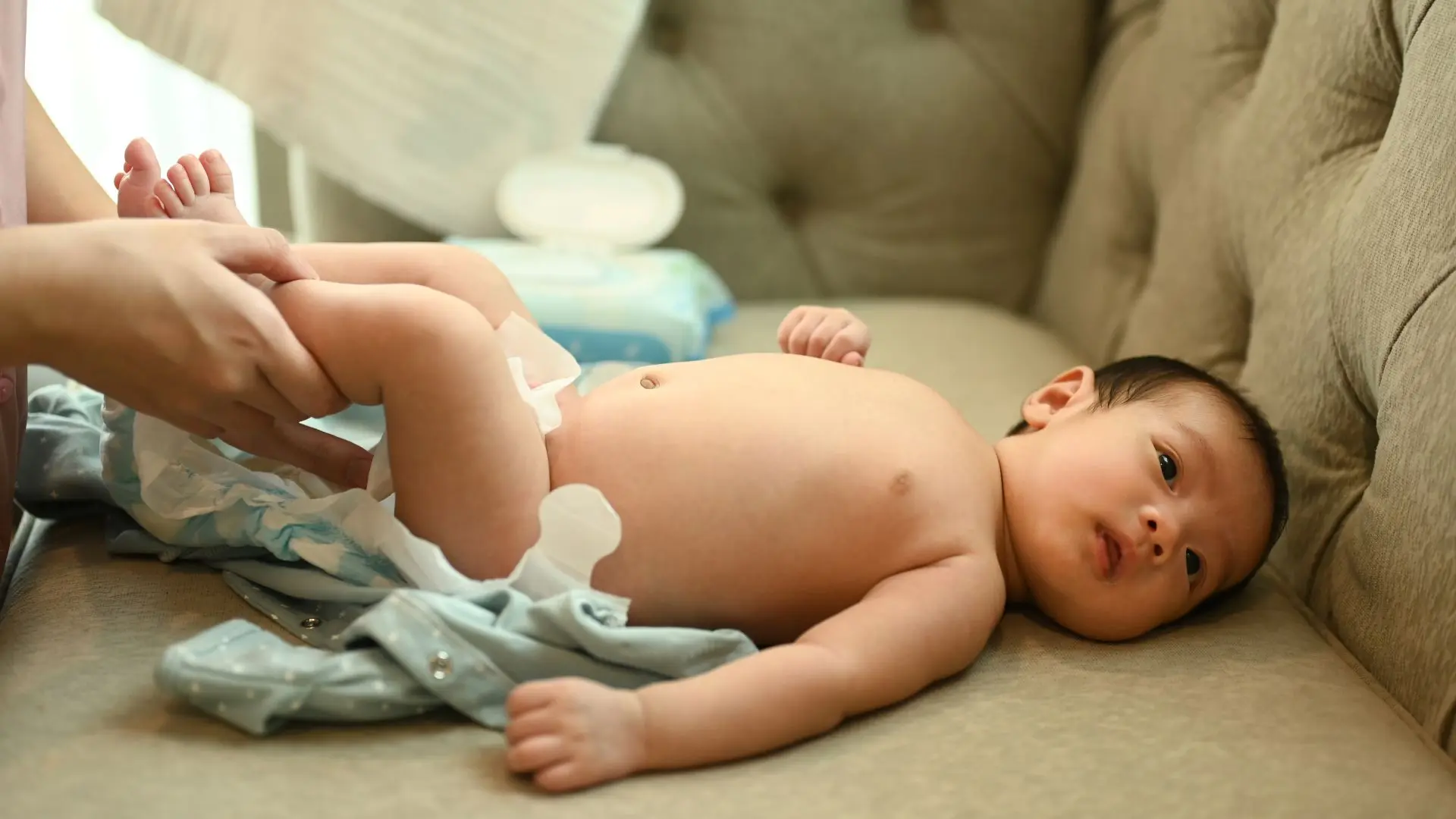
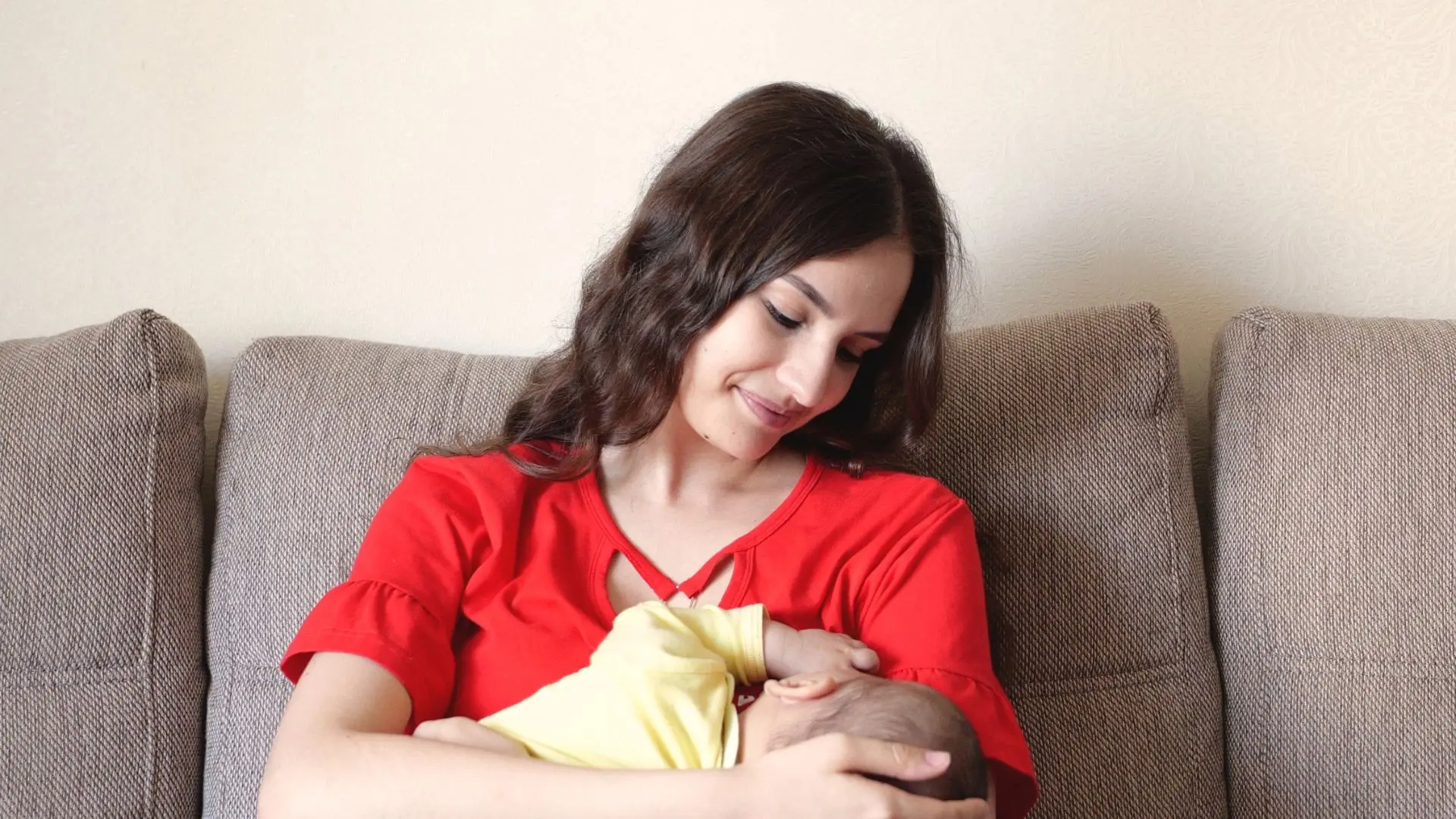
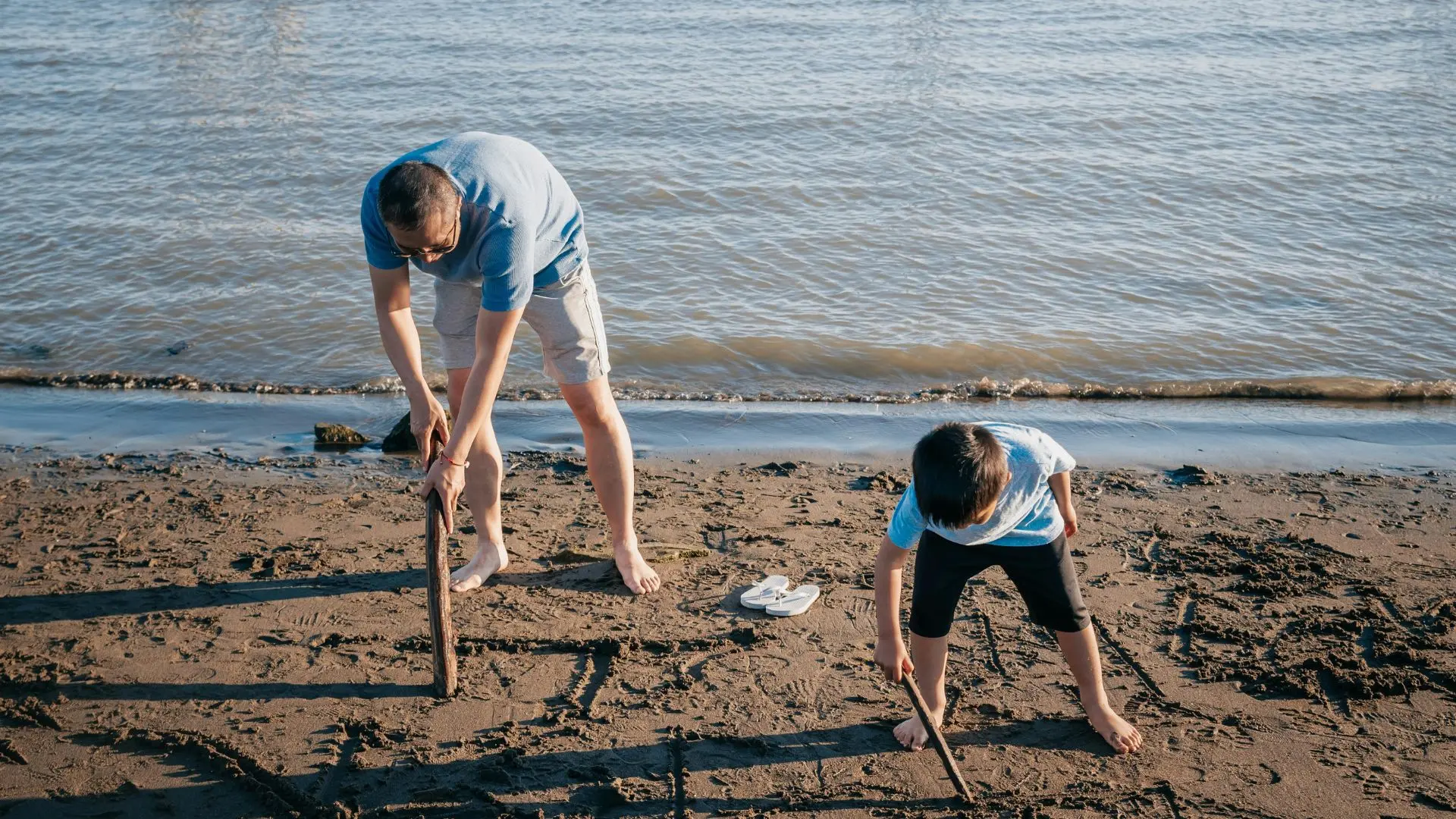
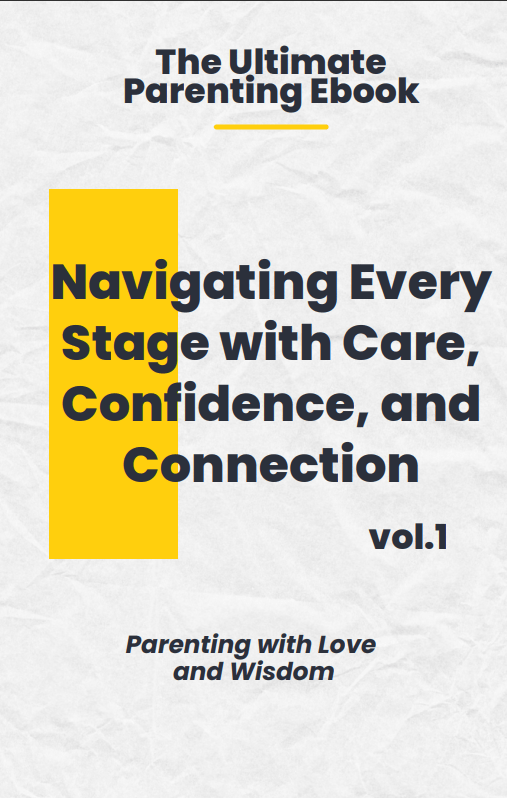
6 Responses
Very interesting information!Perfect just what I
was searching for!.
The way you put together the information on your posts is commendable. I would highly recommend this site.
Having read your blog, you obviously know what you are talking about.
nama ff seram
Can I simply say what a relief to find somebody who genuinely knows
what they’re discussing online. You actually understand how
to bring a problem to light and make it important.
More and more people have to read this and understand this side of
the story. I can’t believe you aren’t more popular given that you certainly possess the gift.
I wanted to thank you for this very good read!! I absolutely
enjoyed every bit of it. I’ve got you book marked
to look at new things you post…
I always spent my half an hour to read this weblog’s articles or reviews everyday along with a cup of coffee.